Team owners
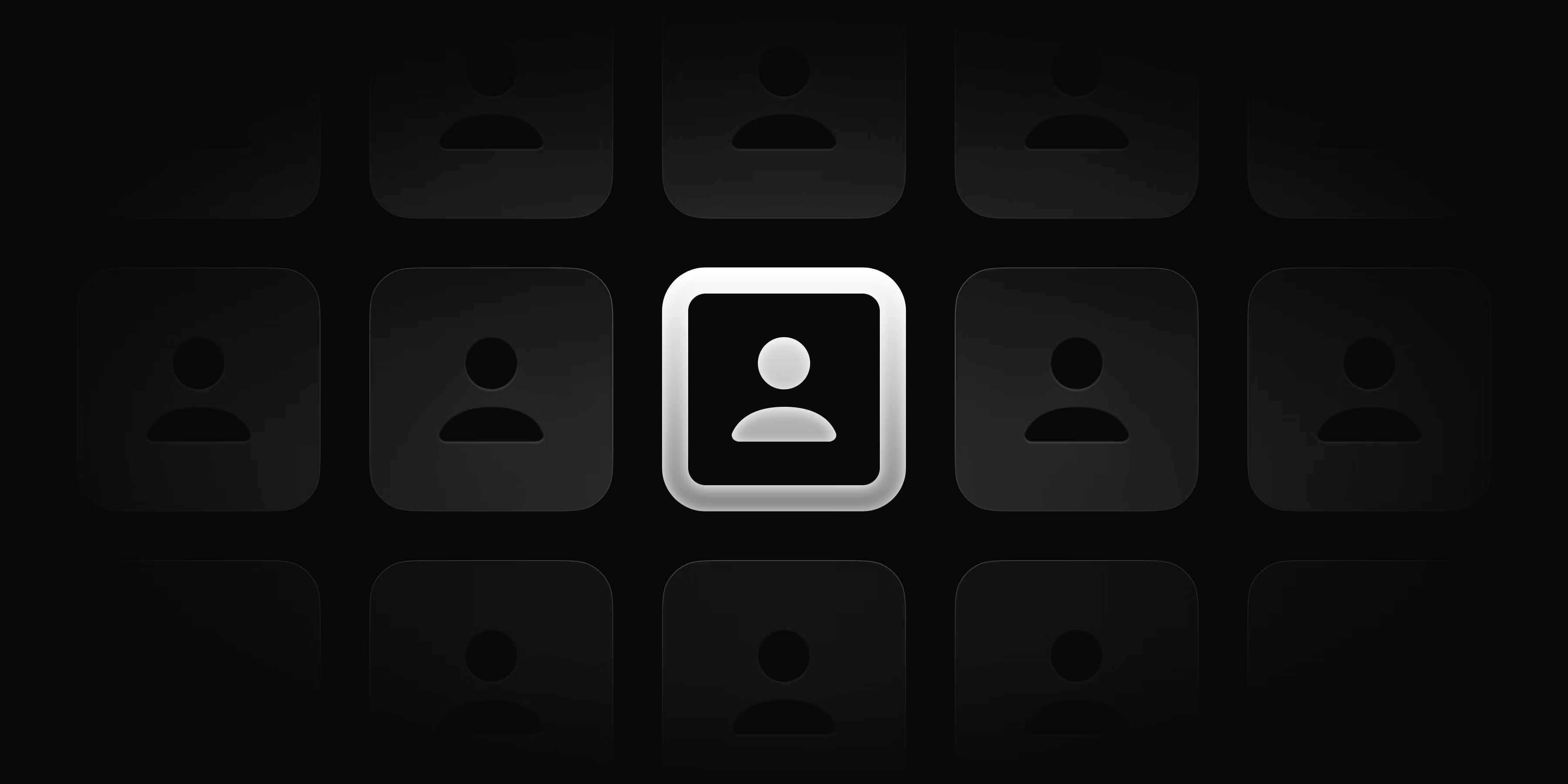
Team owners
We are introducing a new team owner role to give teams more control over their team settings. Alongside this new role, we’re adding team permissions so you can choose who can manage team settings, labels, templates, and membership — either any team member or only team owners. This empowers teams to define their own policies, while ensuring workspace owners and admins retain control over workspace-wide settings.
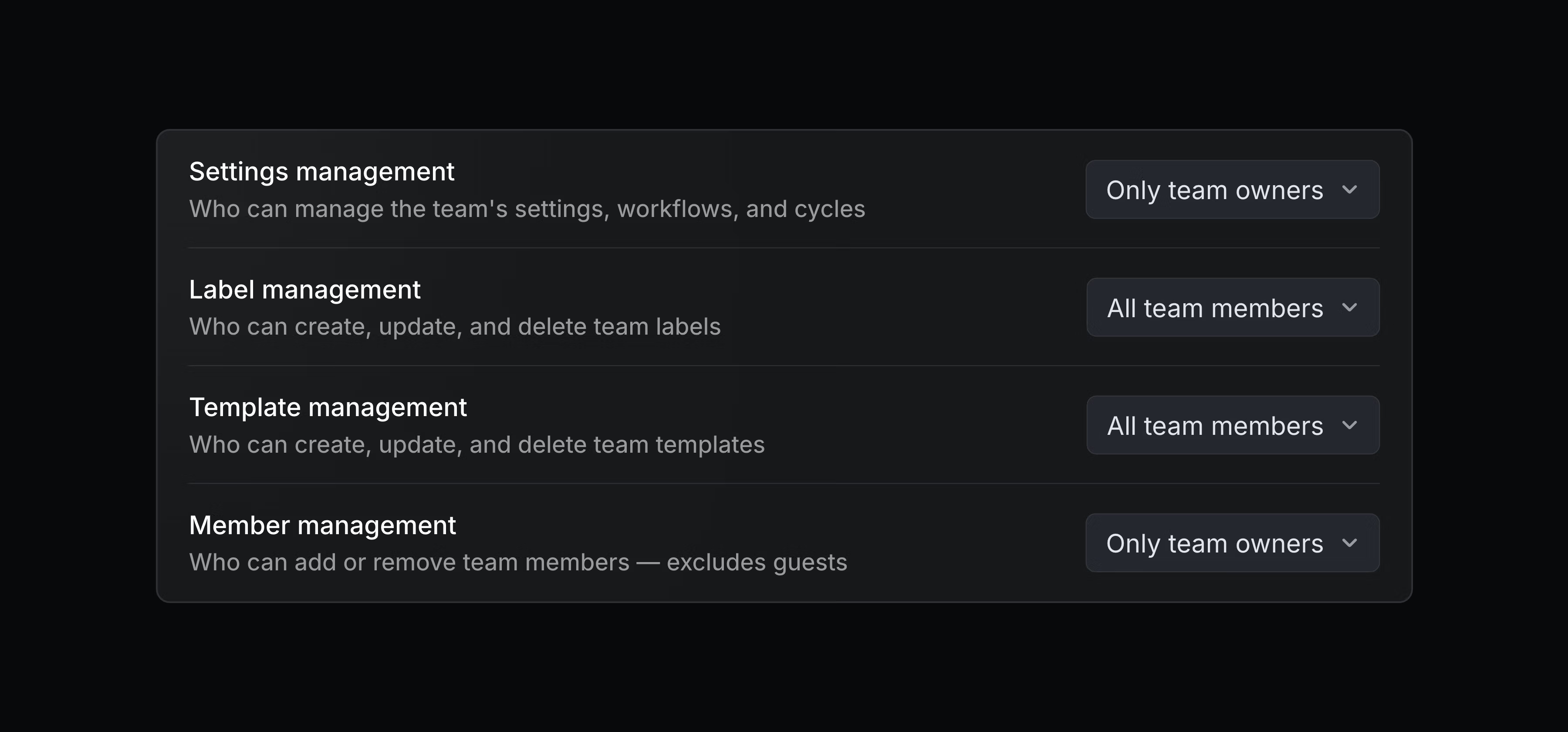
You can also control access and require an invite to join a team. Issues and projects of any team will still remain visible to everyone, and workspace owners and admins can always manage the settings for any team.
Configure these permissions on your team's Access and permissions page. Team owners and permissions are available on Business and Enterprise plans. Learn more in the docs.
v0 by Vercel MCP connector
Access your Linear data from v0 to generate prototypes, dashboards, and internal tools. After connecting Linear's MCP server, you can pull context from Linear issues, projects, and discussions when building in v0. Learn more.
- AgentsImproved visual aspects of agent chat interfaces to better surface responses, highlight associated pull requests, and automatically collapse agent thoughts after work completes
- AsksYou can now explicitly link your Slack user ID with Linear when managing Asks settings to ensure you have access to private channels' settings in Linear
- EditorImproved custom Slack emojis to appear when pasted if they are available in your Linear workspace
- EditorImproved support for pasting images with external links into Linear
- EditorImproved emojis in text pasted from Slack to be replaced with their Linear equivalent, or rendered as :emoji: if not available
- EditorTable cell and block (image, video, etc.) selections will now be visible to other users during collaborative editing
- TemplatesDisabled form templates in the sub-issue composer
- Video playerVideos now generate automatic closed captions which are indexed for search
- ActionsFixed Cmd/Ctrl C failing to copy title as link when the issue title already contains a markdown link
- CustomersFixed domain validation incorrectly rejecting valid public suffix domains when creating a customer
- EditorFixed automatic scrolling of long tables when dragging to rearrange rows
- EditorImproved contrast of unchecked checklist checkbox borders in dark mode
- EditorFixed Shift Cmd + Arrow keys inside of table cells to first select text before selecting the whole cell, and then the remainder of the row or column
- GitHubFixed an issue that let users connect personal GitHub integrations before a workspace-level GitHub integration existed
- GitLabStopped transitioning issues to review when a merged merge request receives comments or metadata updates.
- OAuthFixed
oauthTokenMigrateOldTokento successfully migrate old app tokens to the new short-lived tokens with a refresh token - Project templatesFixed issue disappearing when selecting a team outside the project in project template editor
- SlackFixed personal Slack connections to now be associated with a Slack workspace that is already connected to Linear for a Slack or Asks integration
- ProjectsFixed choosing project dependencies to now prioritize projects you're a member of
- AgentsAdded
promptContextfield toAgentSessionEvent"created" webhooks, a formatted string containing the relevant context for the agent session, including issue details, comments, and guidance - IssuesFilters on issue IDs now also accept identifiers
- It is now possible to add and remove issues from project milestones
- Labels returned to the model will now include their group information
- Added support for project icon and color in
create_projectandupdate_projecttools - Added optional team filtering to
list_userstool
Linear agent for Intercom, Zendesk, Gong
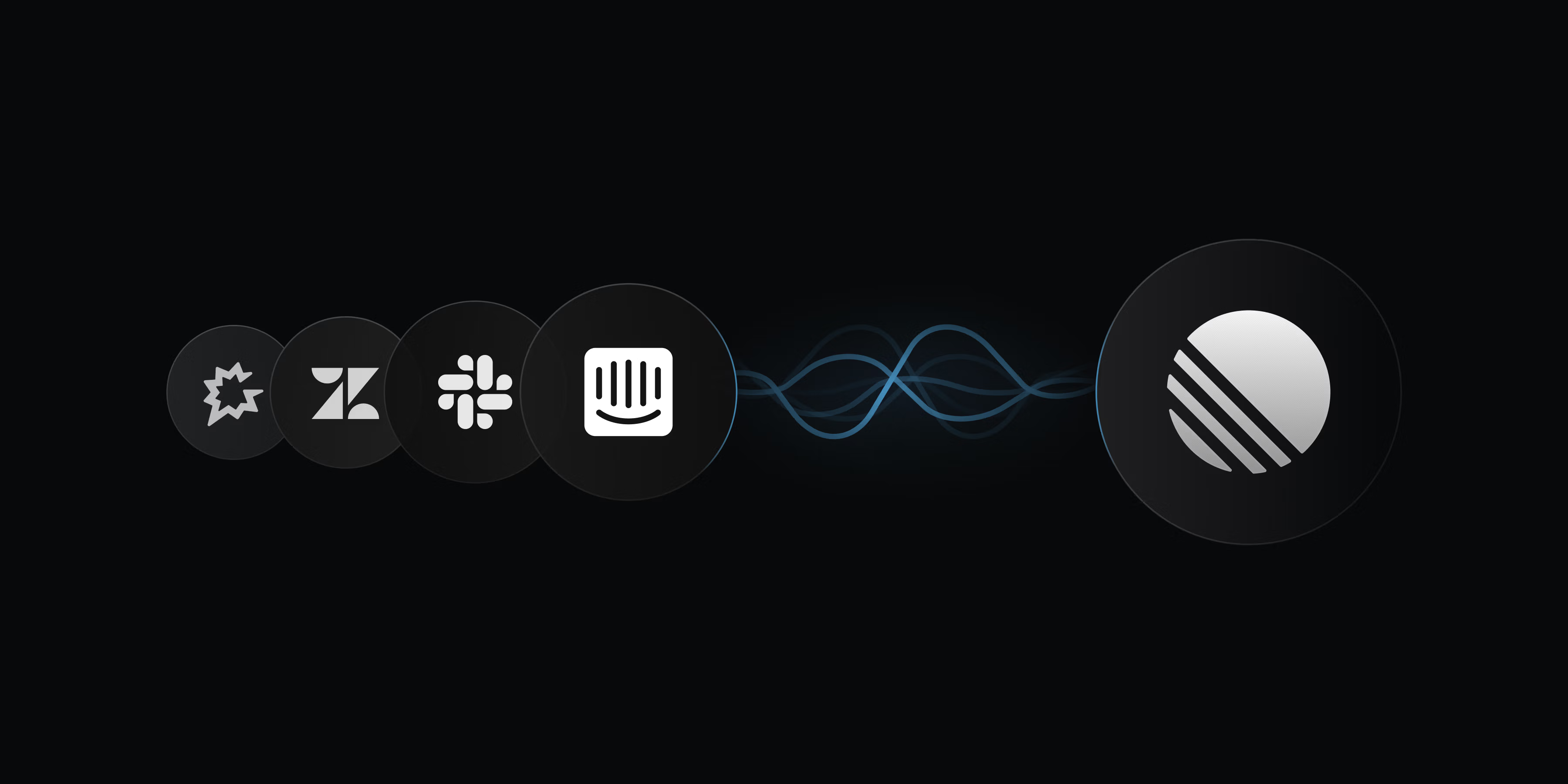
Linear agent for Intercom, Zendesk, Gong
The Linear agent can now handle the tedious work of turning customer conversations into actionable issues. Available through our Intercom, Zendesk, and Gong integrations, the agent parses conversations and automatically files issues with the relevant details. This ensures your product team gets the right customer context while your customer-facing teams spend less time manually filing issues.
From Intercom and Zendesk, use the Linear agent to turn support tickets into issues with a single button click. The agent analyzes the full conversation and files any relevant bugs or feature requests — even from long, multi-topic threads. Issues are created with concise summaries, key details, and include relevant screenshots. When a conversation contains several distinct requests, the agent can automatically create multiple issues at once.
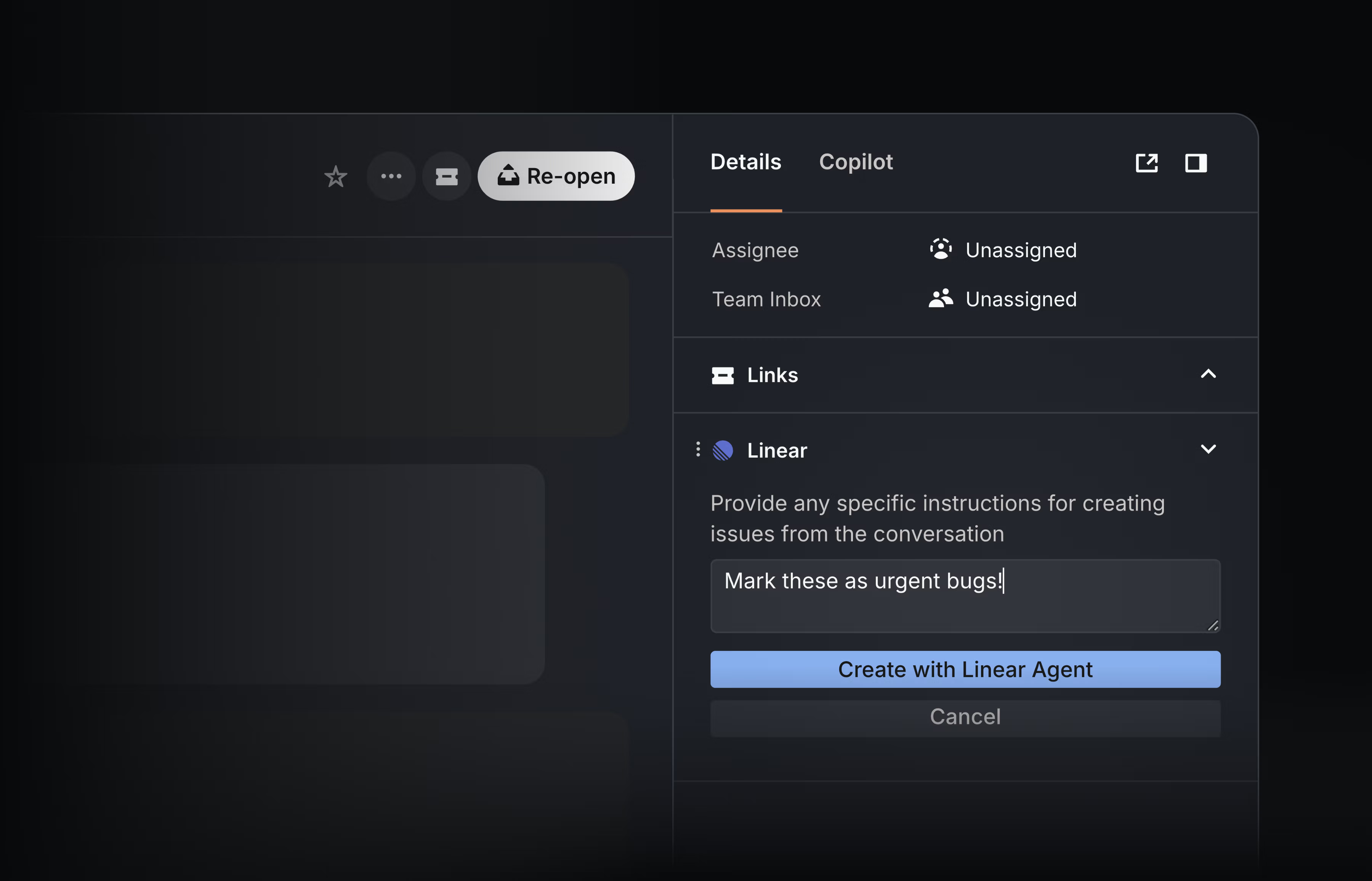
The new Gong integration brings a fully self-driving issue creation workflow to customer calls. The Linear agent reviews each transcript to capture product feedback and feature requests and automatically routes them to Linear. No prompts or clicks required.
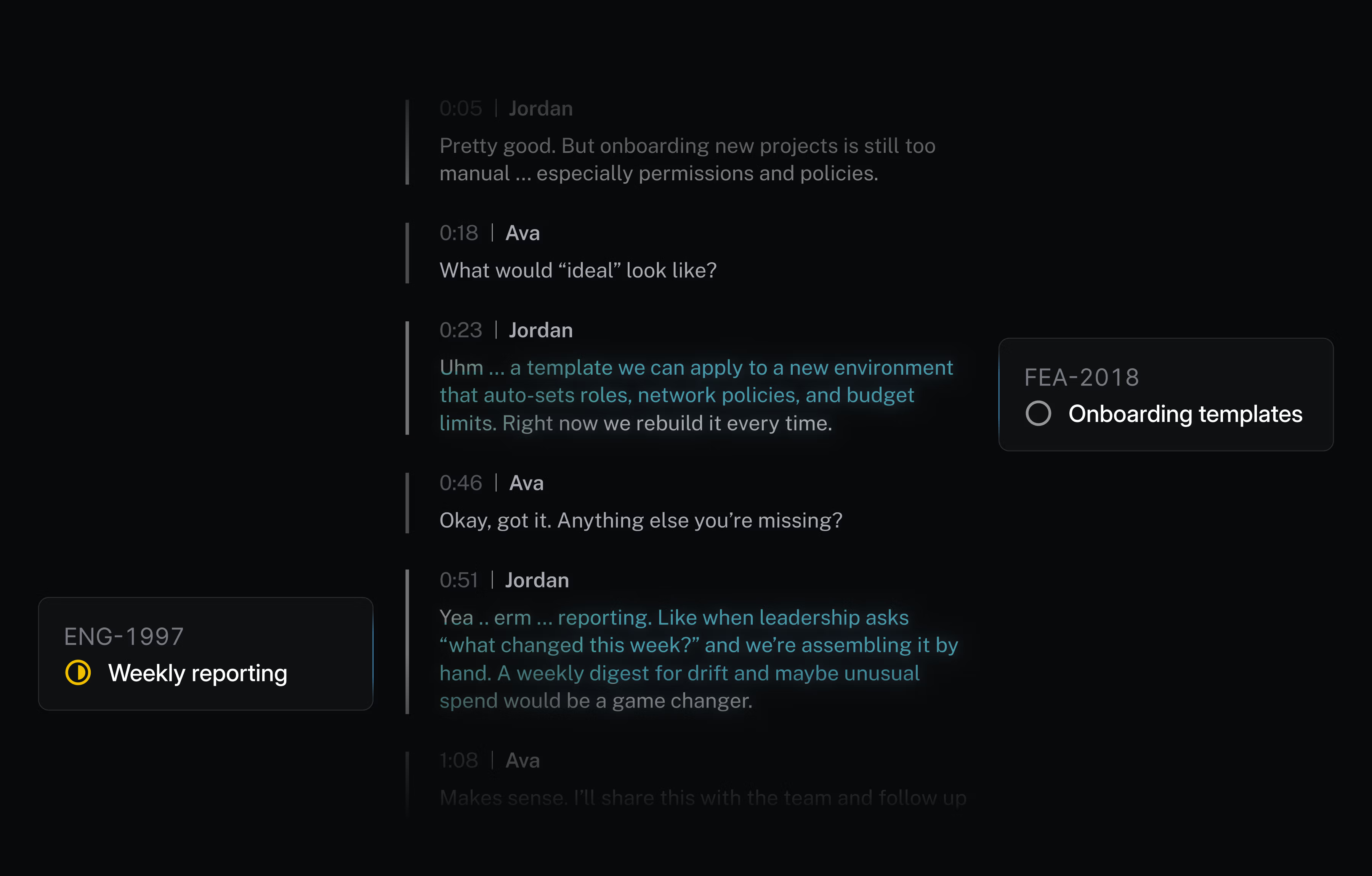
Every issue filed by the Linear agent is routed to the relevant team’s triage queue and attributed to the right customer. With Triage intelligence, duplicate requests are automatically merged into existing issues, keeping your backlog clean without losing important customer context.
The Linear agent is included with the Intercom and Zendesk integrations on Business and Enterprise plans, and with the Gong integration on the Enterprise plan.
Linear agent in Slack workflows
The Linear agent for Slack now works inside Slack workflows. You can already mention @Linear in any Slack thread to turn conversations into issues using natural-language prompts. With this update, the Linear agent can also be invoked by automated steps in Workflow Builder, allowing bots to request @Linear to create issues and take actions.
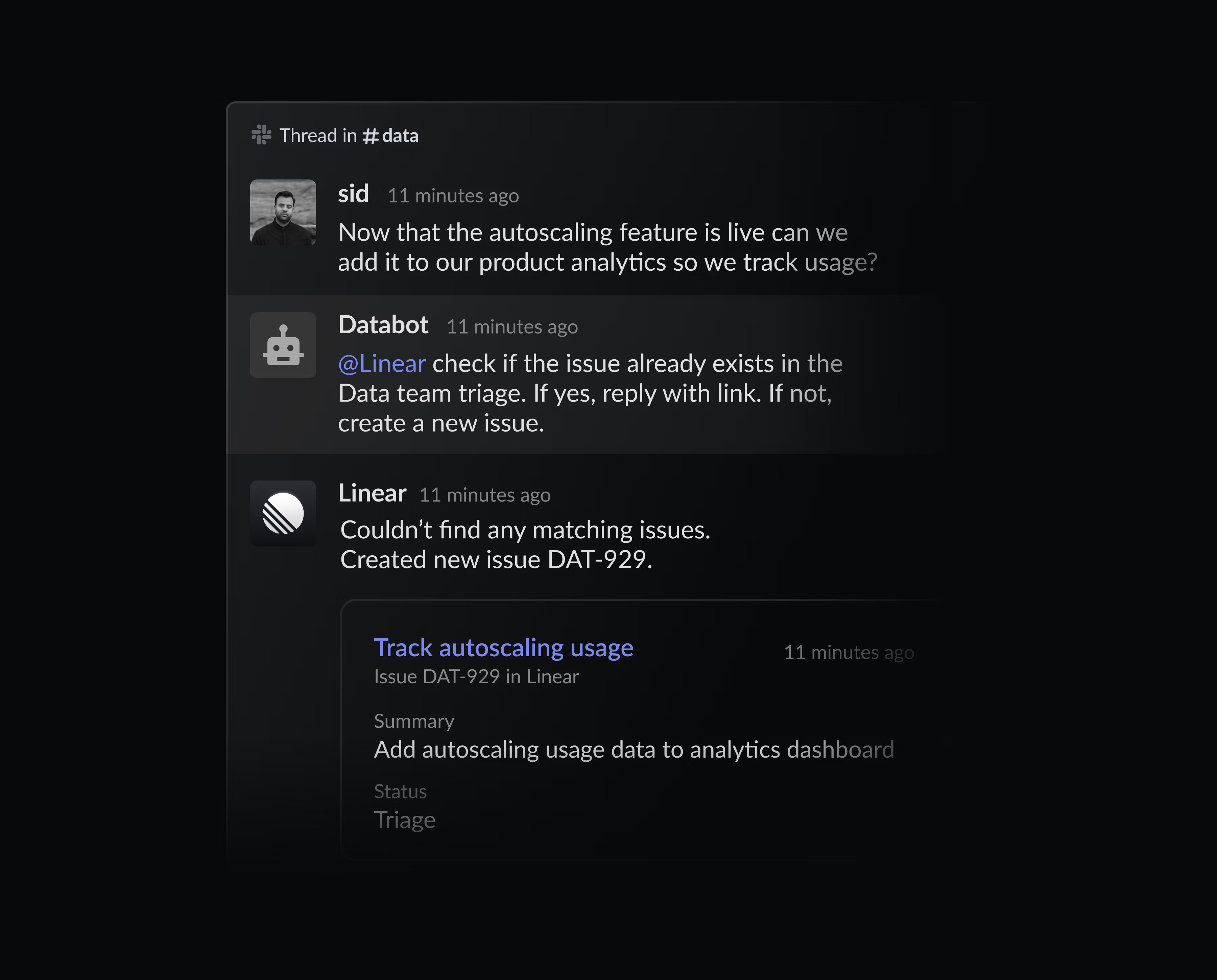
Warp agent
Users of Warp can now delegate issues to the Warp agent directly from Linear. Assign an issue to Warp and the agent will create a plan and start working on implementing it.
You can follow how the agent is progressing against its plan, steer it further, or review the PR once the agent finishes. You can always open the remote session in Warp to take over directly. Warp cloud agents are available to paid Warp users. Learn more and install the agent.
- EditorFixed the mention and command menus being clipped to the right if there is not enough space
- GithubFixed custom PR link titles being overwritten by the GitHub PR title when a custom title was provided
- Keyboard ShortcutsFixed the in-app keyboard shortcuts menu to correctly list customer-related shortcuts
- MenusFixed contextual menus not disappearing in the background when the selected action triggered a dialog window
- SearchFixed an issue where searching for documents from the command line directly after opening Linear did not work reliably
- SettingsFixed backlinks not being properly displayed on the Import/Export page
- EditorAdded linking directly to diagrams
- FiltersWhen using an AI filter that does not give any results, the filter input now reappears, allowing you to refine the prompt
- MilestonesImproved how error messages are displayed when editing milestones
Team.inviteHashfield is now deprecated and always returns an empty string. This value has not been used for a while and will be removed from the GraphQL schema in the future.
OpenAI Codex agent
OpenAI Codex agent
OpenAI Codex users can now delegate issues directly to the Codex agent without leaving Linear.
Codex can answer questions about your codebase, fix bugs, or take a first pass at issues in your Triage queue. Assign issues to the Codex agent, and it will use the full issue context, automatically choose the right repo, and start working on a solution.

Engineers can fully delegate well-defined issues to Codex, so they can stay focused on more complex projects. Follow Codex's reasoning as it works on the issue or just review the summary when the task finishes. When you’re ready, open the Codex task on web to review the code changes and turn them into a PR.

Codex gives every team engineering-level help — without consuming actual engineering time. Support teams can ask Codex to explain how the code works when triaging bug reports. PMs and designers can use Codex to prototype new ideas, or even handle small coding tasks like updating copy or fixing UI issues.
You can assign multiple issues to Codex and it will work on them in parallel. You'll receive inbox notifications when Codex needs your input or when work is ready for review.

To get started, add the Codex agent to your Linear workspace. You'll be asked to connect your ChatGPT account when you delegate an issue to Codex for the first time. You must be on a ChatGPT paid plan and connect your Github account to use Codex. Learn more in our docs.
Workspace owners
Enterprise plans now have a new Workspace owner role, the highest permission level in Linear. Workspace owners have exclusive control over billing, security settings, OAuth app management, audit logs, and workspace exports. This change enables admins to continue to handle everyday management needs while limiting who has access to the most sensitive settings in your Linear workspace. Learn more in the docs.
Initiatives in Google Sheets
Linear's Google Sheets integration can now sync initiatives in addition to projects and issues. Initiatives sync to their own dedicated Google Sheet with properties including owner, teams, description, health, and target dates.
Use this sheet to power external analysis and workflows for high-level planning. To get started, enable the Linear Google Sheets integration from your Linear workspace settings and toggle on Sync initiatives.
- AgentsArchiving an agent's only session on an issue will remove that agent as delegated
- AgentsLinks to agent sessions now unfurl properly in Slack
- ArchiveImproved the visibility of a toast with the project/initiative link when restoring them from the archive
- AsksImproved notifications to the Slack channel when you turn on auto-creation of Asks on new messages for the channel
- Command MenuRefined keywords for "View workspace owners" and "View workspace admins" actions
- Customer requestsImproved styling of synced and sync source badges on customer requests
- EditorImproved inline comments made on diagram code to be shown when the diagram is in preview mode
- iOSAdded support for mentioning issues, projects, documents, and initiatives
- iOSAdded indicator for new posts in Pulse
- My IssuesMade it clearer that board view cannot be used when in focus grouping
- PR AutomationMerging a revert PR of a revert PR now marks the issue as completed
- Pull RequestsImproved visibility of pull requests in the Recently viewed menu
- PulseProject and initiative updates now use kebab-case in their URL hashes
- Recurring IssuesRecurring issues are now auto-assigned to cycles based on their due date
- SettingsThe label creation button is no longer disabled when filtering
- TeamsImproved team settings changes so that only members of public teams can now change settings unless they are also a workspace admin or owner
- Time-based InsightsOpening an issue from a time-based insight graph while holding Command/Control will open it in a new tab
- AgentsFixed the agent session event webhooks payload stripping image attachments
- ArchiveChecked boxes are now visible for archived projects and initiatives lists
- ArchiveOpen in ... actions now work for archived items
- ArchiveWe no longer show the New update action for archived projects and initiatives
- AsksUsers no longer see private Slack channels that they aren't members of in Asks settings in their Linear workspace
- Command MenuFixed typing in IME mode (e.g., Chinese/Japanese) incorrectly invoking actions mid-composition
- CommentsFixed broken layout on small screens when creating a sub-issue from a comment
- Customer RequestsFixed a lag in the customer dropdown where the Create new customer action label would fall behind while typing
- DashboardsFixed an issue where the Hide None toggle did not work when segmenting by label groups
- EditorPasting content copied from a numbered or ordered list into a todo list preserves the todo list's checkbox
- EditorYou can now insert an empty line between blocks like images by pressing up or down when the block is selected
- Figma PluginFixed the Figma plugin to now surface all teams, not just the first 150 teams
- FiltersFixed a bug where choosing the current date in any date filter showed 0 seconds ago
- FiltersFixed misalignment of some initiative filters when searching for filter options
- GitHub integrationWe now reconnect pull requests to the GitHub integration if they get stuck updating
- GitHub integrationFixed an incorrect error message that sometimes showed that a reconnect was needed after reconnecting the GitHub integration
- InboxFixed an issue where dropdown menus in the project update schedule configuration appearing behind other elements
- InitiativesFixed the initiative list rows jumping a few pixels when collapsing
- Inline CommentsFixed the inline comments panel flickering and losing focus when new comments are added
- Inline CommentsFixed a bug causing inline comments to disappear when editing and dropping a file into the editor
- IssuesFixed the undo action for removing a specific label from an issue
- IssuesMiddle clicking on a PR badge in issue lists now opens the PR in a new tab as expected
- IssuesFixed issue titles overlapping triage actions
- LabelsFixed label colors not updating immediately in settings when changing a label group's color
- ListFixed dragging issues to empty groups not working correctly with manual ordering
- NotificationsFixed an issue causing the Mark all notifications as read action to work unreliably
- ProjectsFixed initiatives not being properly cleared when removing a template during project creation
- ProjectsFixed project group headers grouped by lead to respect user name display preferences
- SettingsFixed an issue where multiple dropdowns were being open at once in triage automation settings
- SettingsFixed branch-specific rules three-dot menu not opening, preventing editing or deleting branch rules
- SlackDisconnecting and reconnecting the Slack integration now correctly updates the enablement date for the integration on the integration settings page
- SubscriptionsFixed correctly subscribing or unsubscribing from issues and all comment threads when selecting or deselecting a user in the issue activity header
- Team membershipGuests can no longer be set as owners of private teams
- TeamsFixed an error that prevented viewing and recovering recently deleted teams in workspace settings
- TemplatesFixed keyboard navigation in the issue template mode selection modal
- TooltipsThe positions of tooltips across the app are now more consistent
- UIFixed emojis in the emoji picker rendering darker on desktop
- UIFixed an issue showing "Linear" as the assignee on narrow screens
- ViewsFixed an issue where view and display options could not be reset for state-based views
- ViewsFixed an issue where view descriptions generated for initiative filters showed initiative IDs instead of initiative names
- WebhooksFixed a bug where if an app user was added to a team that was later changed to private, webhooks for that private team's data wouldn't fire (for agents, they would never respond).
- Authentication
issueUpdateis now allowed with theissues:createscope - Custom ViewsThe
includeSubTeamsonupdatesnow works even for custom views with no team ID defined - IssueWe now expose all changes to an issue's workflow state through the
Issue.stateHistoryfield - ProjectsAdded the ability to create a project from a template via API
- WebhooksAdded support for
ProjectLabelwebhook updates
- It is now possible to copy the issue ID and title together via the Shift Command Option ' shortcut, or by holding Option while selecting Copy title from the menus
- You can now use Command/Control C to copy project milestones as a link
Form templates

Form templates
Form templates are a new type of issue template that support form fields. Use these templates to collect specific issue details upfront so work is actionable from the start.
Form templates are useful for teams that require specific details in every request, like bug reports that need repro steps and environment details, security incidents that should capture severity and when the incident occurred, and IT or HR requests for new equipment or onboarding details.
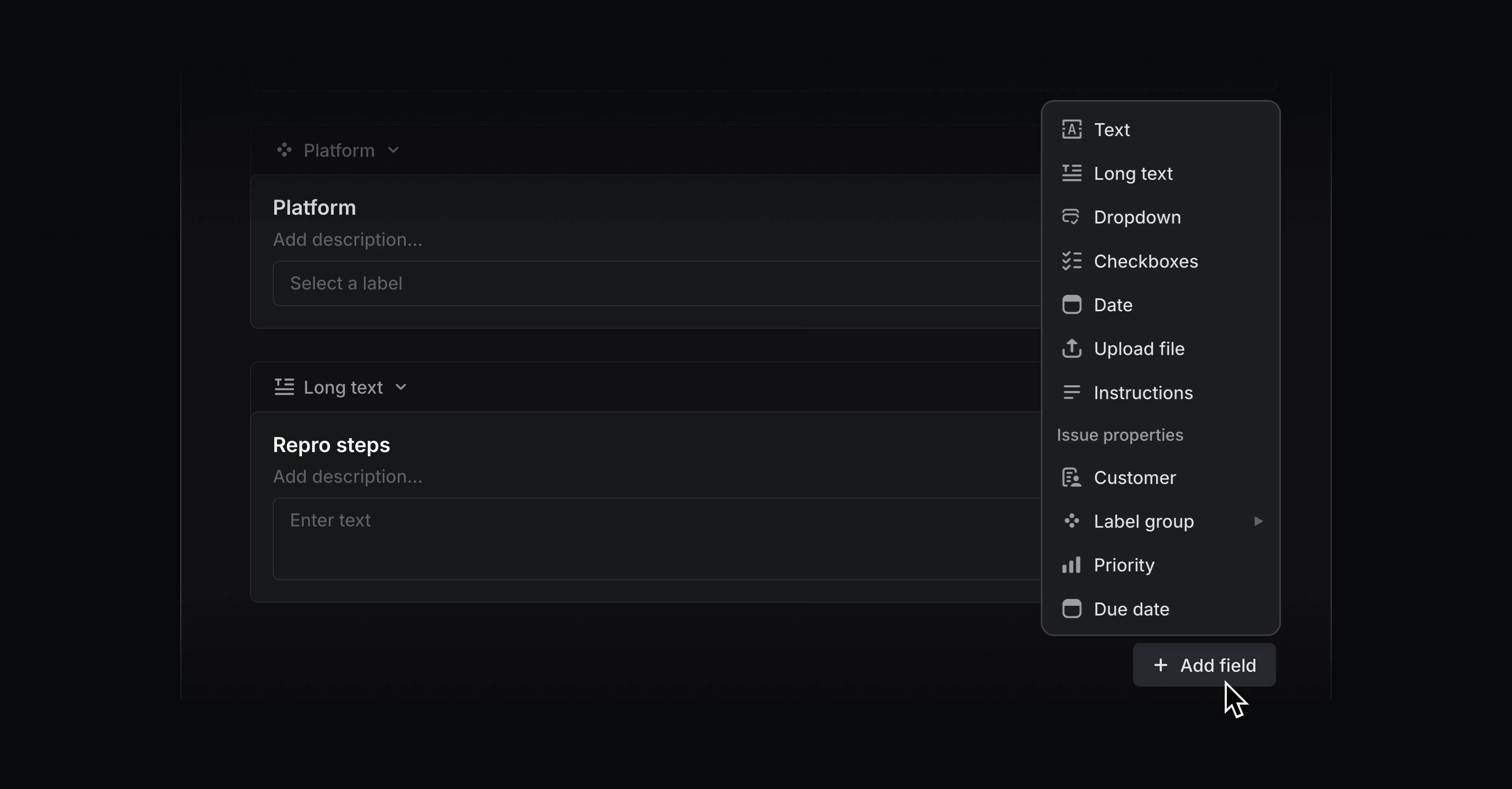
You can specify generic fields like text input, dropdowns, and checkboxes, as well as issue property fields like priority, customer, and label groups. Name each field, add descriptions to give submitters clear instructions, and mark any field as required.
When creating an issue, form templates appear to users as fillable forms. Any user in your Linear workspace can create templated issues in Linear or through the Slack integration.
With Asks, you can add form templates to Slack channels and let everyone in your Slack workspace turn their requests into Linear issues — even if they don’t have a Linear account.

Form templates are available on all plans, and can be used in Asks for teams on Business and Enterprise plans. To create a form template, add a new issue template and choose Form. Any issue templates previously used with Asks have been converted to form templates. Learn more in our docs.
Mermaid diagrams
Build modifiable diagrams like flowcharts and sequence diagrams natively in Linear. Create a new diagram by typing /diagram in a text field or searching for mermaid as the language in a code block. See the official Mermaid docs for more on the syntax.

Figma Make connector
Access Linear issues, projects, and documents from Figma Make to design prototypes with full context. You can also create and manage Linear issues and projects without leaving Figma — turning your prototypes into tracked work. All tools supported by Linear's MCP server are accessible in the connector. Learn more in our docs.
- Custom Views
includeSubTeamsonupdatesnow works even for custom views with no team ID defined
- EditorYou can insert an empty line between blocks like images by pressing up or down with the block selected
- FiltersFixed misalignment of some initiative filters when searching for filter options
- InitiativesFixed initiative list rows jumping a few pixels when collapsing
- ProjectsFixed project group headers grouped by lead not respecting user name display preferences
- ShortcutsFixed Cmd/Ctrl + click not opening issues from inside time-based insights in a new tab.
- SlackDisconnecting and reconnecting the Slack integration now correctly updates the enablement date for the integration in settings
- SubscriptionsSelecting/deselecting a user in the issue activity header now correctly subscribes/unsubscribes from issue and all comment threads
- Team membershipGuests can no longer be set as owners of private teams
- TooltipsFixed positions of tooltips across the app to be more consistent
- UIFixed issue showing "Linear" as assignee on narrow screens
- ViewsFixed issue with view options that could not be reset
- ViewsFixed generated view descriptions for initiative filters showing IDs instead of initiative names
- WebhooksFixed a bug where if an app user was added to a team that was later changed to private, webhooks for that private team's data wouldn't fire. This caused agents not to respond.
- WebhooksFixed stripped attachments in agent session event webhook payloads
- AsksUsers no longer see private Slack channels that they aren't members of in Asks settings
- AsksImproved notification to the Slack channel when you turn on auto-creation of Asks on new messages for the channel
- My IssuesImproved clarity that board view cannot be used when in focus grouping
- Recurring IssuesRecurring issues will be auto-assigned to future cycles when relevant based on their due date
- TeamsOnly members of public teams can now change settings on the team, unless they're also a workspace admin or owner
Pulse on mobile
Pulse on mobile
Pulse is now available in Linear's iOS and Android apps. Stay up-to-date on the progress of your projects and initiatives, no matter where you are.
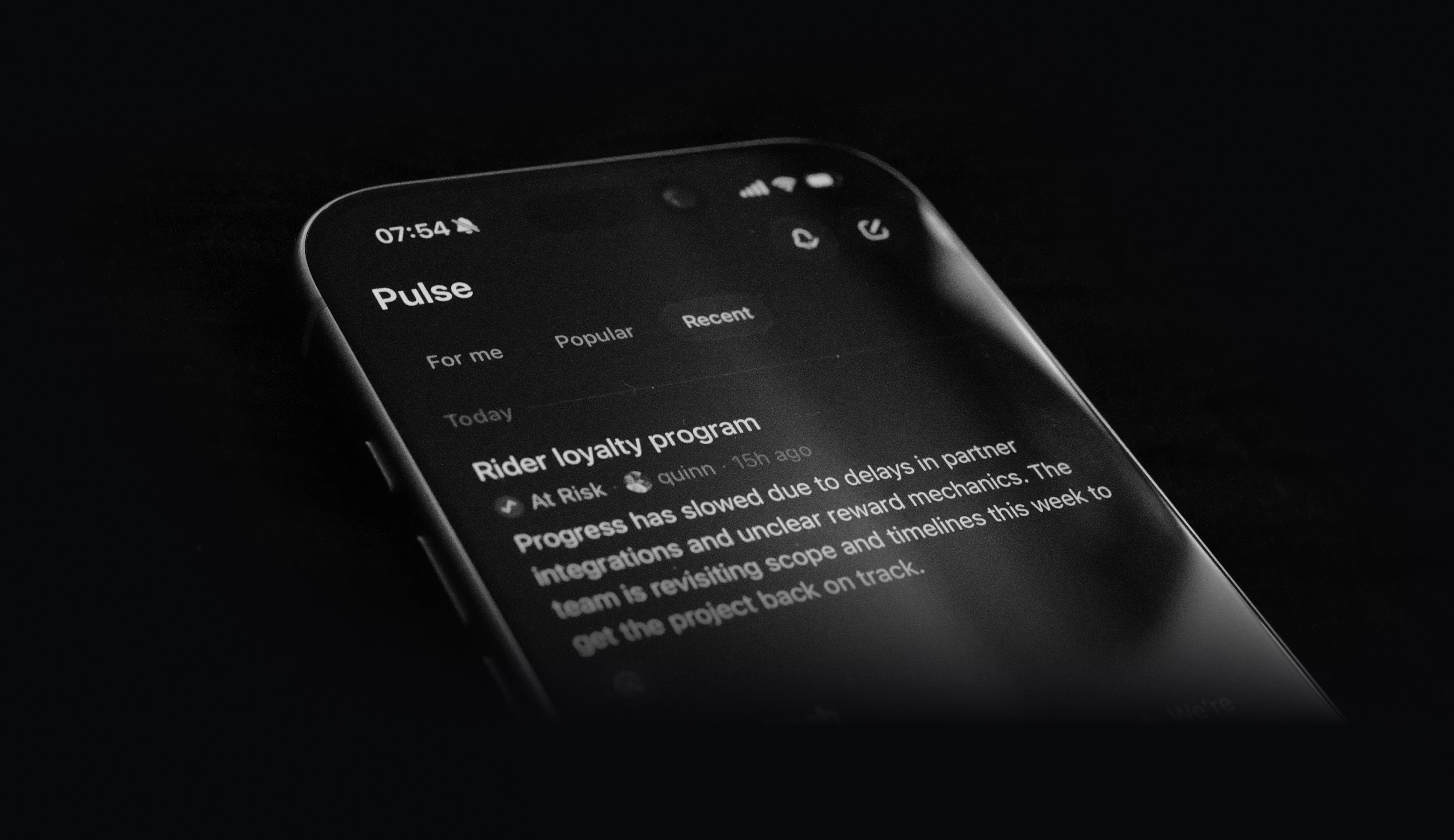
Pulse brings relevant updates from across your Linear workspace into a single unified feed, so you can quickly see what's happening. For me shows you a personalized feed of project and initiative updates most relevant to you. Popular and Recent surface updates from across your entire company, helping you stay informed beyond your immediate focus. Leave a comment on any update, or react with an emoji.
Updated Progress Graphs
Initiative, project, and cycle graphs have been refreshed to make progress and activity trends clear at a glance.
Progress graphs for projects and cycles now include a bar chart to highlight completed issues, providing a clear view of momentum over time.

Initiative graphs have been redesigned to highlight the most active projects at any given time. Each curve represents the rate of completed issues within a single project, rising during periods of high activity and leveling off during quieter periods or after project completion. Hover over the x-axis to see your most active projects in a given week.
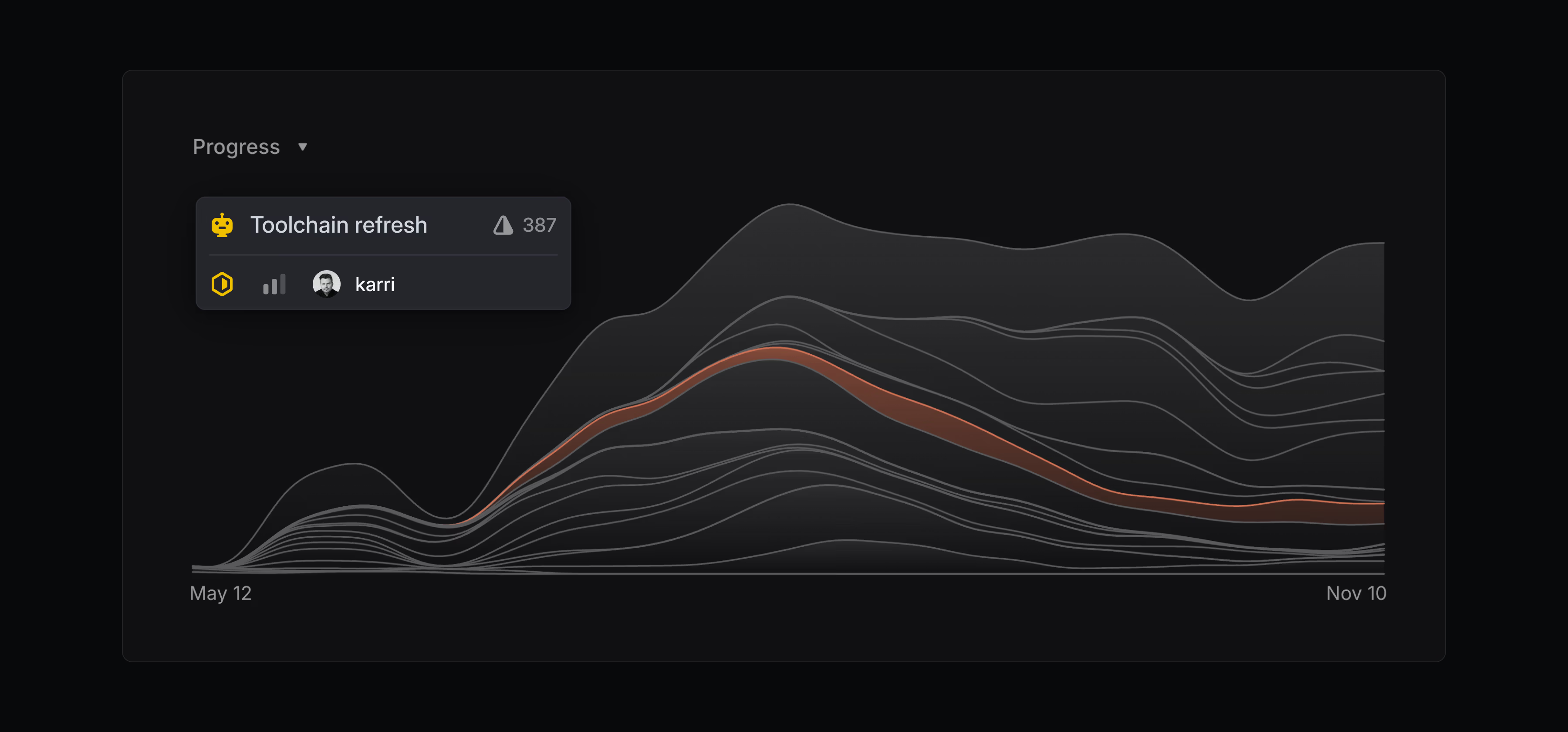
Initiative and project views now include an activity indicator. It highlights which efforts are most active across your workspace, so it's clear where your team is spending time.
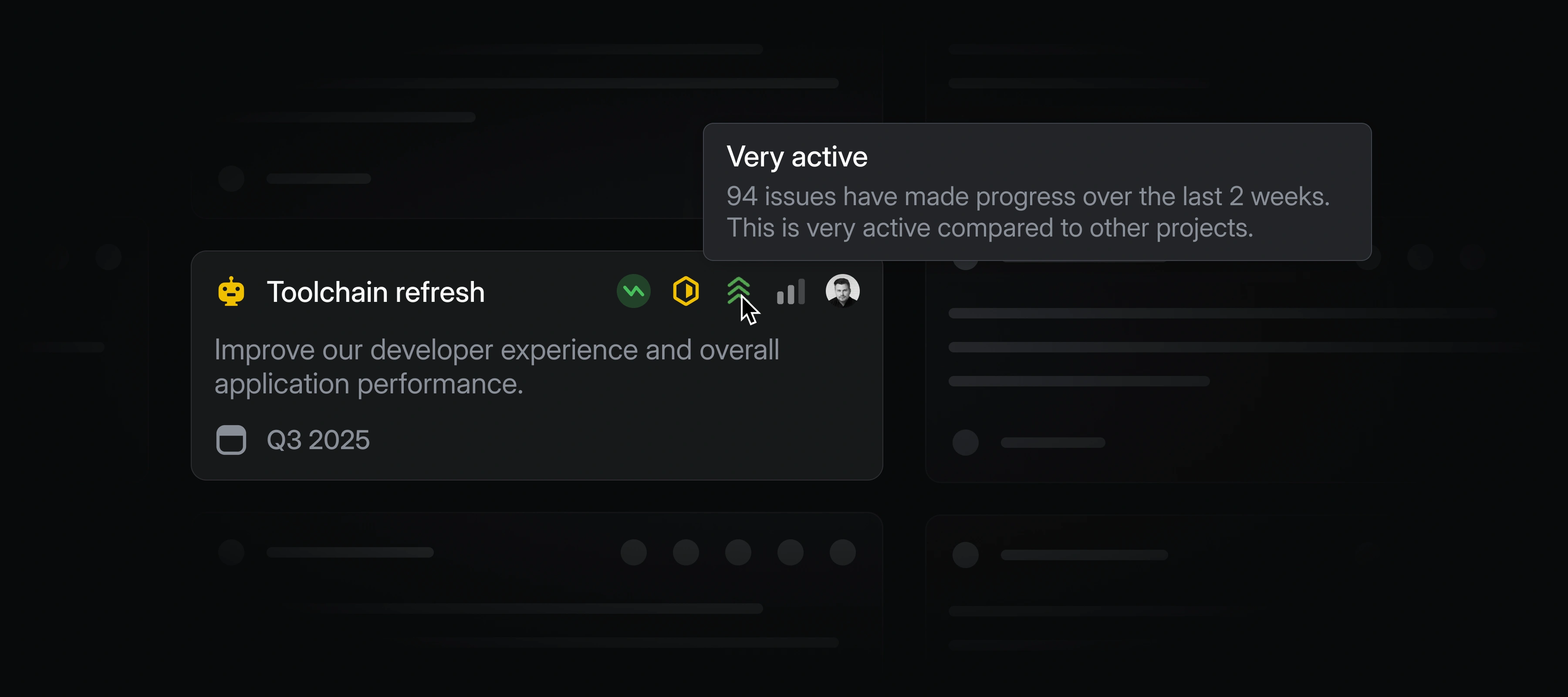
Datadog integration
Datadog users can now automatically create Linear issues from Datadog monitor notifications. This ensures that any critical alerts from Datadog are translated directly into tracked and actionable work in Linear. Learn more in our docs.
- Background uploadsYou can now create issues and send comments before their files upload. Continue with work elsewhere while the uploads complete in the background.
- Customer RequestsCustomer requests can now be exported in CSV format from an issue, project, or a customer page. Access this option through the Cmd/Ctrl + K menu.
- IssuesCurrent user is now always displayed at the top of the list when assigning issues
- SecurityAdded a security setting to control who can modify workspace-level agent guidance prompts
- UIThe command menu is now more performant for workspaces with a large number of initiatives
- CustomersCustomers with long names no longer truncate on the Customers page
- DraftsFixed drafts only being created after confirming cancellation of uploads that are in flight
- EditorFixed unwanted scrolling when navigating through collapsed sections with the keyboard
- EditorFixed navigating below a code block that is nested inside a list or blockquote
- EditorFixed changing the value of date mentions in comments
- ExportsFixed an error for admins when exporting a CSV containing private teams they're not members of
- ExportsFixed CSV exports of project views to correctly include project start and target dates
- FiltersFixed icon clipping in Customer Status filter block
- GitHubFixed a bug where the GitHub integration could keep disconnecting
- Inline commentsFixed inline comments highlights disappearing from collapsible sections and tables when dragging
- Mobile WebFixed a few bugs in the command menu in iOS Safari
- ProjectsFixed the order of issues being incorrect in some scenarios when creating a project from a template
- UIFixed draft delete button outline being cut off on focus
- UIFixed dark mode sidebar backdrop being fully black in high contrast mode
- UIFixed bug with adding hyperlink on selected text with Cmd/Ctrl K
- SLAsFixed unexpected changes to SLAs when project properties are changed
GitHub Copilot agent
GitHub Copilot agent
GitHub Copilot users can now work with the GitHub Copilot agent directly within Linear.
Delegate any issue directly or mention GitHub Copilot in a comment, and the agent will use the full issue context to start an implementation in a draft PR.
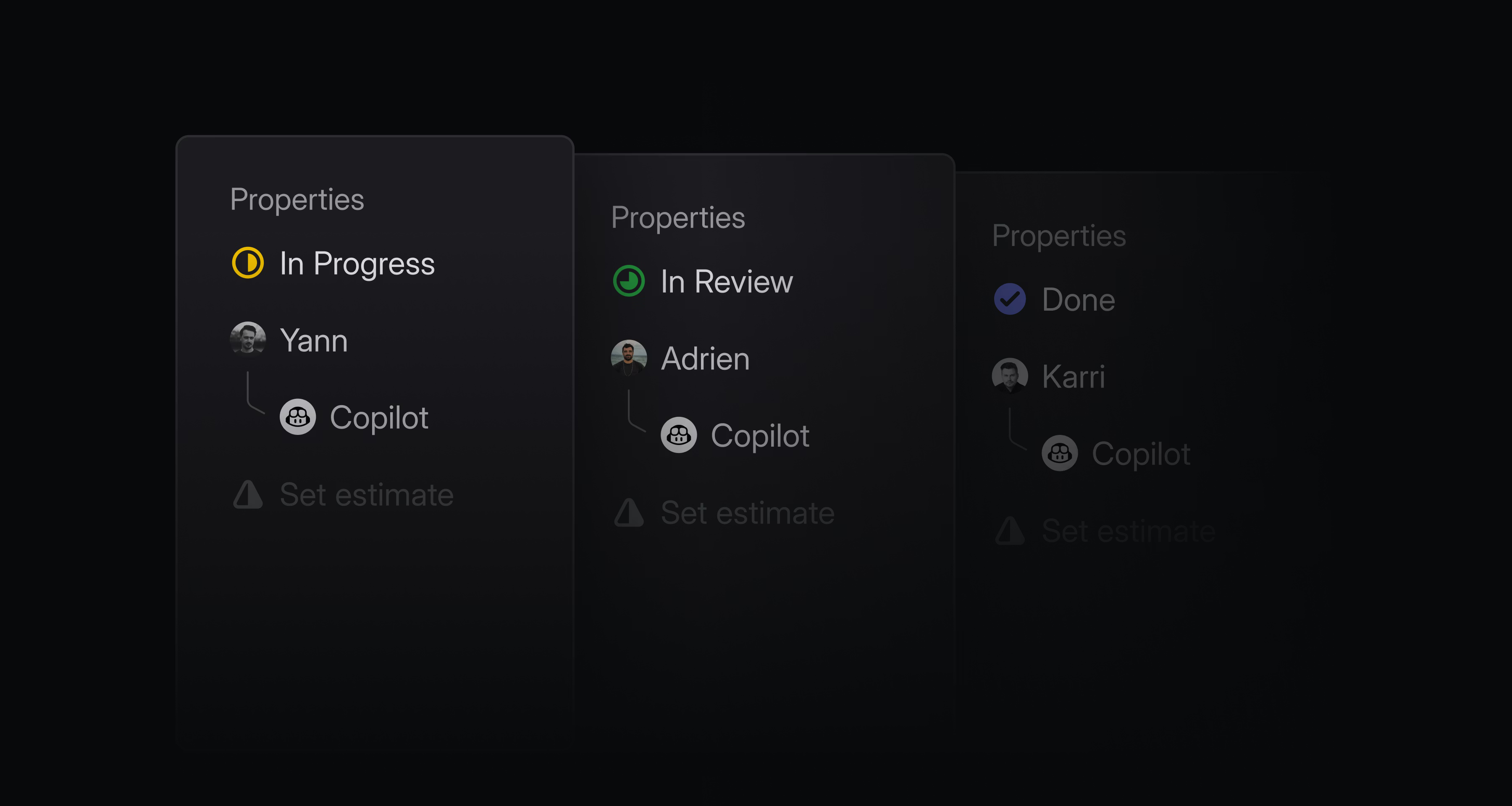
You can follow Copilot's progress on the Linear issue or on the PR in GitHub. You'll get notified if the agent needs your input or when the work is ready for review. Prompt Copilot to make further changes by adding comments to the PR.
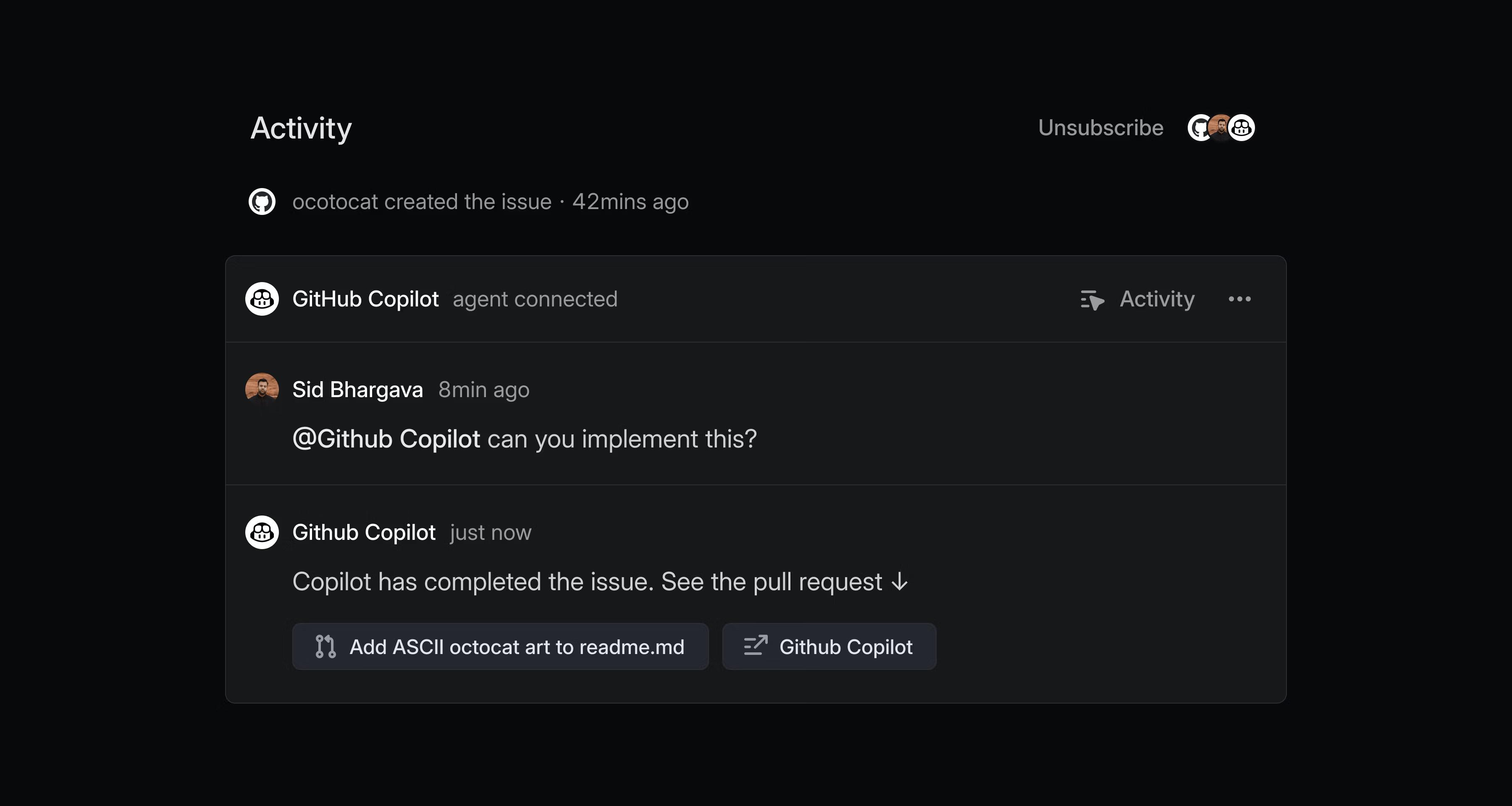
GitHub Copilot agent can handle lightweight tasks in your backlog like quick bug fixes, small refactors, or UI polish so your team can stay focused on complex projects. Track all issue delegated to GitHub Copilot and other agents from My Issues or create a custom view.
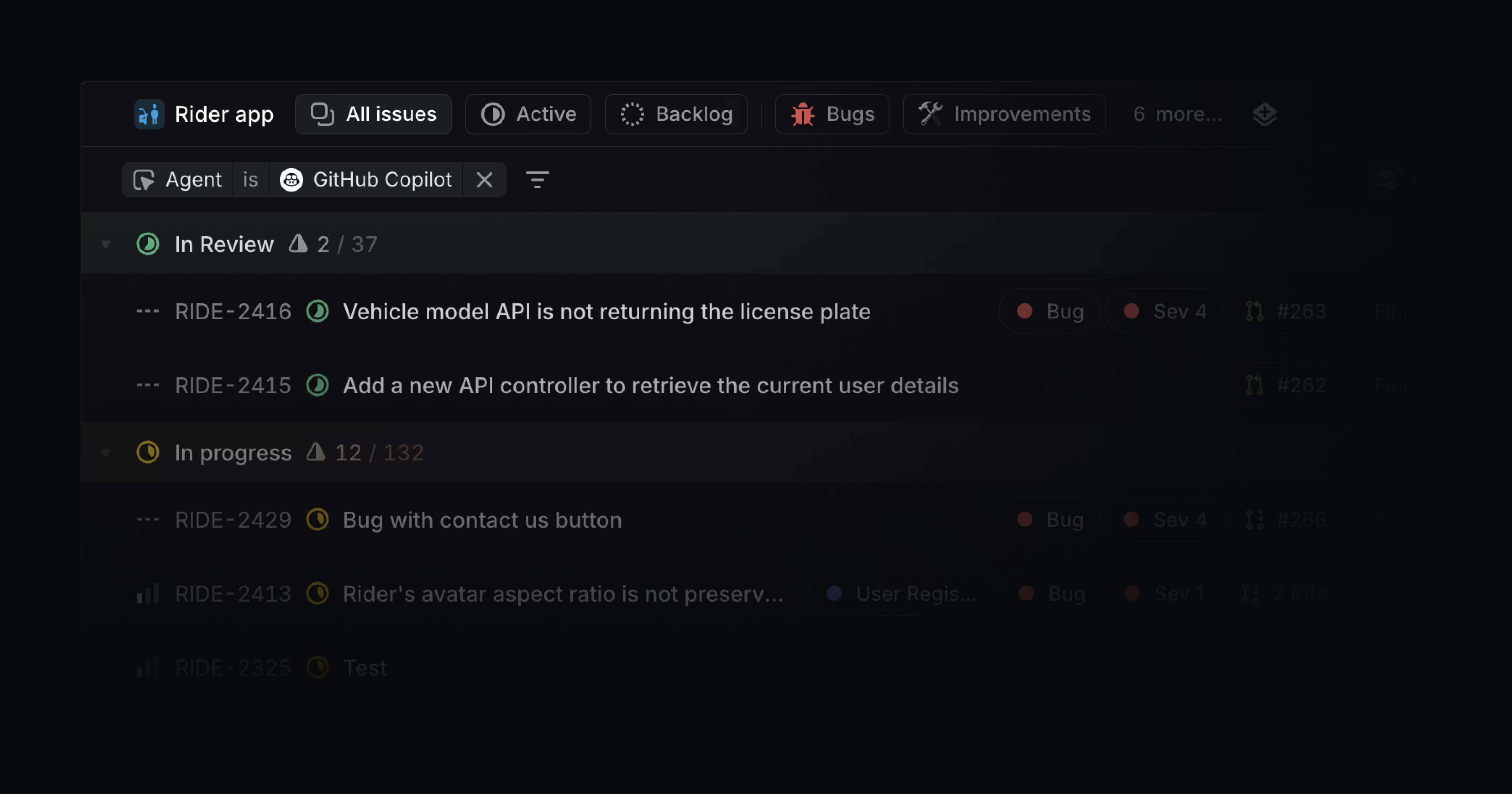
To get started, add the GitHub Copilot agent to your Linear workspace. You'll be prompted to link your individual GitHub account when you delegate an issue to GitHub Copilot for the first time. Check out the GitHub documentation to learn more.
- BoardFixed items in board view not being selected after undoing or redoing operations on a different page
- EditorConverted list item into the correct type when indenting into a nested list of a different type
- EditorFixed converting list type with
/menu in mixed nested lists - IssuesFixed issue creation failing when using workflow states inherited from parent teams
- IssuesFixed issue properties UI flickering
- UIFixed an edge case where the app could show a loading indicator instead of error screens in case of an exception
- SlackLinear's Slack and Asks integration unfurls have been updated to Slack work objects
- DocumentsYou can now add documents to issues. Use the button in an issue's Resources section to create one, or use the Ctrl/Cmd K menu.
- ImportersThe GitHub importer now supports more than 100 comments per issue
- PopoversPopover positioning is now more consistent across the app
Linear agent for Slack
Linear agent for Slack
Creating issues has never been easier. Mention @Linear in discussions on Slack, and the Linear agent will create issues informed by your conversation's context. Use natural language to specify issue details or simply let the agent infer what's needed.
Linear agent is available now on Business and Enterprise plans. Update your Slack integration, then create issues by mentioning @Linear in Slack.
Learn more in our docs.
- DesktopDates are now correctly formatted according to your system's language preferences
- EditorEnter correctly creates a new line inside code blocks inside lists
- EditorFixed exiting lists with Enter inside collapsible sections to work correctly
- Inline commentsFixed undoing the submission of a comment so the comment is properly removed and its draft is restored
- IssuesFixed issue properties getting cut off on narrow screens in some scenarios
- IssuesFixed a bug where the issue page reloaded unexpectedly and could lose unsent comments
- MCPFixed an argument validation error when a team name is provided instead of a team ID when filtering issue labels
- Triage RulesFixed triage rules to be configurable to move issues to triage of the same team
- AgentsImproved agent action activities, which are now collapsed by default
- DatesImproved date picker for the due date of a recurring issue to respect the browser's preferred language format
- EditorImproved icon for Convert to issue actions
- iOSAdded a "Show sub-issues" toggle to issue display settings, allowing users to hide sub-issues from their view. This aligns mobile issue lists with desktop saved views, improving consistency
- UIImproved application chrome now better supports macOS Tahoe window border radii
Mobile app redesign
Mobile app redesign
We’ve refreshed our iOS and Android apps with a new visual design system. Both now use a custom frosted glass material that adds depth and contrast to the UI.

Navigation has been rebuilt with a new bottom toolbar for quick access to core workflows. You’ll also now find a "Create Issue" button at the top of every screen.
Update now in the App Store and Play Store.
Factory agent
Users of Factory AI coding agents can now access them directly within Linear. Delegate an issue to Factory to spin up a remote workspace and launch a coding agent.

Factory’s remote workspaces allow you to create custom development environments for coding agents, so you can delegate several Linear issues simultaneously to run in consistent, isolated environments. Learn more about Factory in our Integration Directory.
Issue SLAs now available on Business plans
Workspaces on the Business plan can now use SLAs to set clear expectations on when time-sensitive work should be completed.
SLAs apply automatically to issues based on configurable rules. When an SLA is at risk or becomes breached, issue subscribers receive immediate notifications. Learn more about SLAs in our docs.
- AvatarsAdded a more diverse set of colors for user avatars where the user hasn't added a picture
- InsightsTweaked the design of the burn-up charts
- EditorImproved the icon for Convert-to-Issues actions to make it more recognizable
- IssuesAdded action in the menu to copy comment content to clipboard
- IssuesImproved dragging issues to labels from different teams to show a disabled drop indicator instead of allowing the drop and showing an error message
- SentryImproved the issue creation process with the Sentry integration, allowing agents with access to the selected team to show up as assignment options
- ViewsImproved grouping of single-project views by milestone
- WebhooksOAuth apps can now subscribe to webhooks for when users authorize their app or revoke tokens for their app
- AgentsAgent sessions will no longer be deleted when an associated comment or issue is deleted
- Command MenuFixed search results showing reliably when pasting into the command menu
- CommentsFixed Figma embeds in comments that are now cached properly
- CyclesFixed collapsing groupings on Cycles now persisting when navigating between tabs or pages
- DesktopFixed inline code formatting in the desktop tab
- EditorFixed issue with creating and removing collapsible sections
- InsightsFixed issue count accuracy for segmented bar charts with multi-valued dimensions such as segmenting by labels
- InsightsFixed the hover line on burn-up charts, which wouldn't show correctly in some themes
Label descriptions and archiving
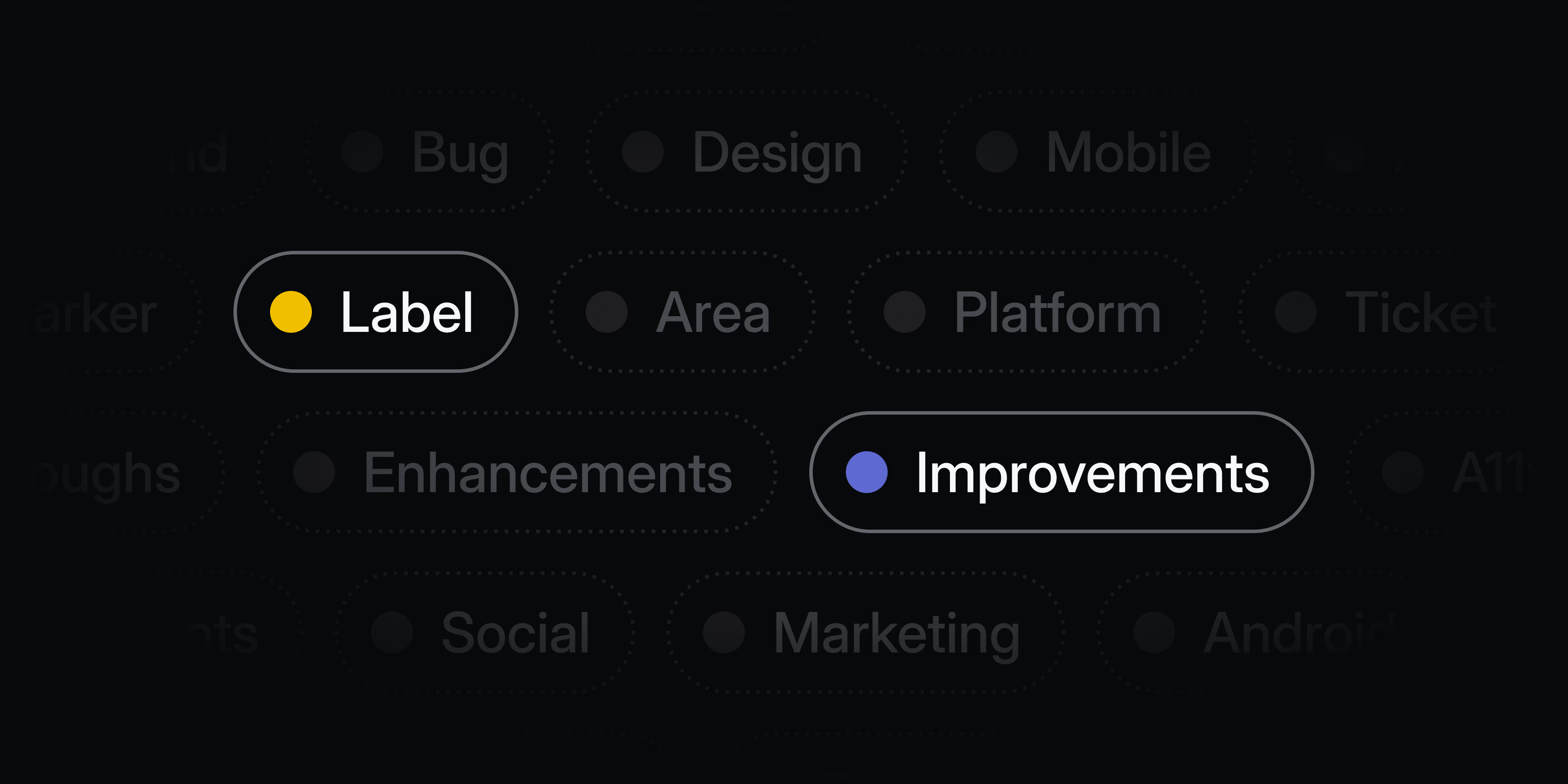
Label descriptions and archiving
Labels let you organize issues and projects in ways specific to your team or workspace. They can be used to define custom views and dashboards, or in Triage and SLA rules. We've made significant improvements to label functionality and management.
Label descriptions
Add descriptions to labels to clarify their purpose and when they should be applied. Hover over a label from anywhere in the app to read its description. Label descriptions also help inform Product Intelligence on when to suggest a particular label.

Archiving labels
Archive labels when they are no longer needed, but you wish to preserve historical data. Archived labels remain visible on issues and projects where they were previously applied and will continue to work in filters, insights, and views.
Label management
We've shipped a series of quality of life improvements for managing labels. You can now easily update labels in bulk, merge multiple labels together, and see triage and SLA rules that they affect.
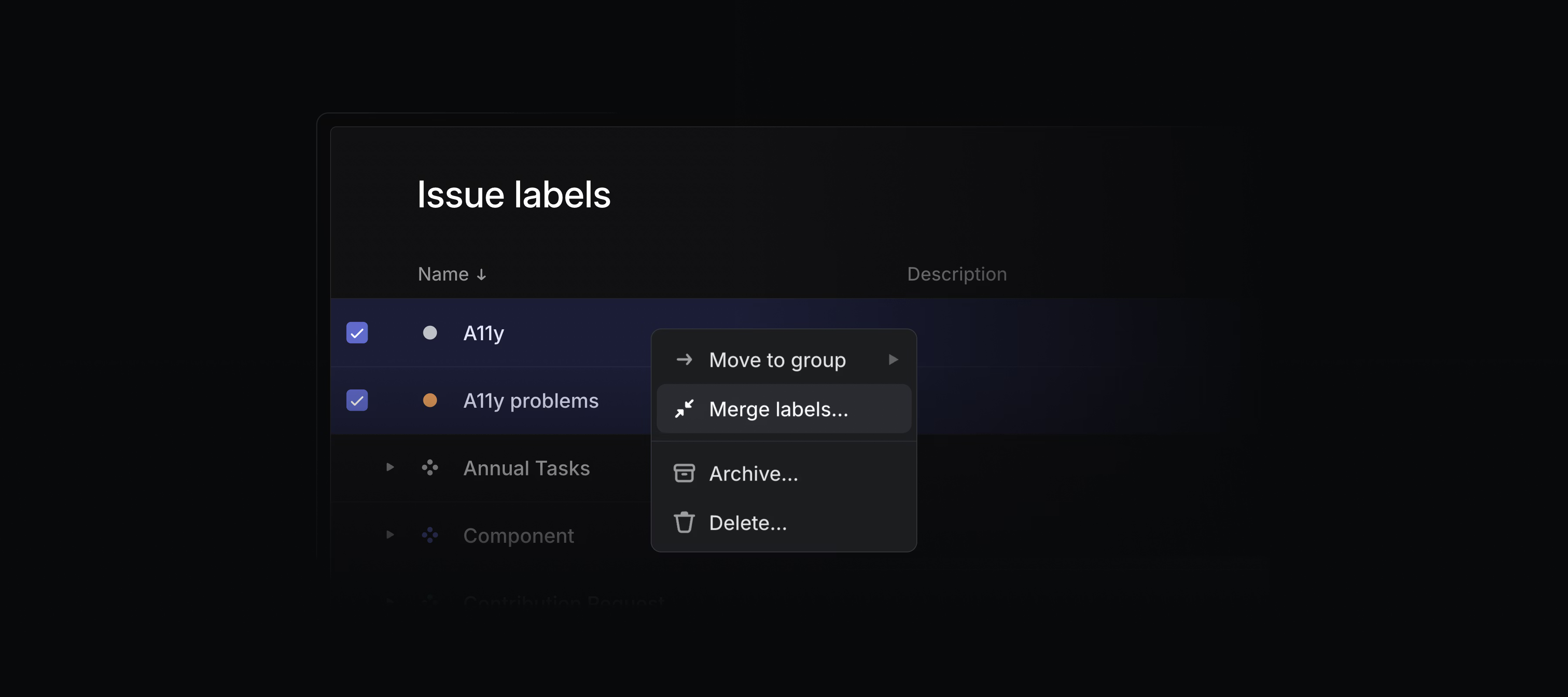
- EditorOpening or closing a collapsible section no longer causes unwanted scrolling
- ProjectsFixed vertical dragging in the project timeline when clicking next to a visible project bar
- SlackRemoved extra empty line below project update messages synced to Slack
- TimelineFixed project properties in the timeline view not updating in the sidebar after selecting a project
- Triage RulesFixed stopped triage rules rendering a confusing entry in issue history
- ArchiveImproved archive page performance by caching previously loaded items
- Customer RequestsArchived customer requests can now be displayed in the customer page
- EditorInline comments on text will remain if it is cut or dragged, giving you the ability to rearrange comments in your documents
- InsightsCharts now display sliced dimensions in a more logical order
- IssuesImproved the ability to override more issue properties from templates when passing both a template ID and separate URL params to the
/newissue creation path
Issue discussion summaries
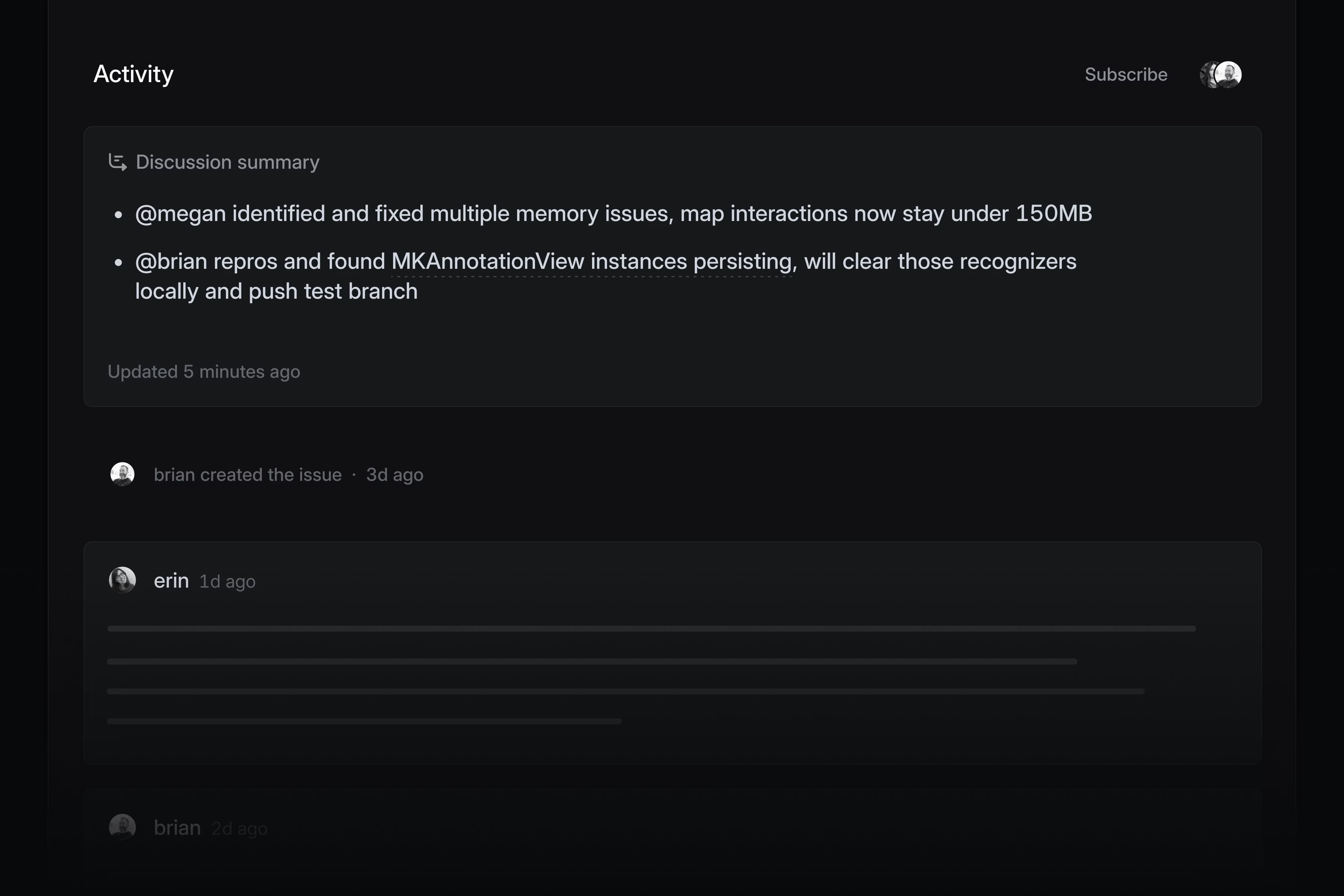
Issue discussion summaries
Discussion summaries now appear on issues with substantial activity. Read these summaries to understand what's happened in an issue without reading every comment.
Summaries capture decisions, blockers, debates and their resolutions, and key people involved. When new comments are posted, summaries automatically regenerate to reflect changes.
Citations point back to specific comments that support the summary's claims. Hover over a citation to view the source material and click through to read the original comment. Issue discussion summaries are available on Business and Enterprise plans. Learn more in the docs.
Updates tab on projects and initiatives
Visit the updates tab to see the history of all updates and changes to a project or initiative. Write new updates from this page and share the link with anyone in your workspace so they can track progress.
Updates appear in chronological order along with any changes to properties such as the target date, members, and milestones. On initiatives, display updates from sub-initiatives and projects, so you can see all relevant information in one place.
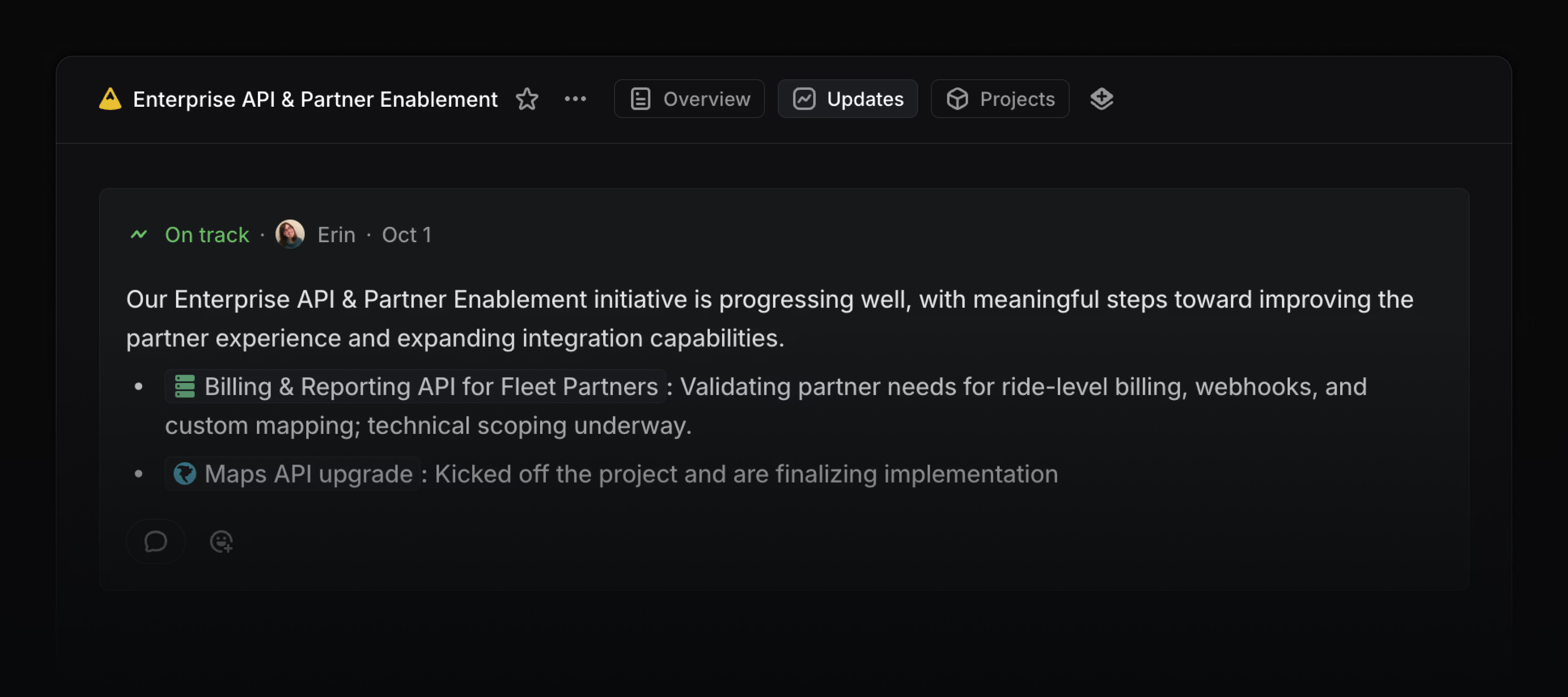
Sentry Agent
Use the Sentry Agent to run a root cause analysis on any Linear issue linked to Sentry. Once assigned to an issue, the Sentry agent will analyze the related stack trace, logs, events, and other metadata and share its findings. You can use this analysis as additional context when fixing the problem, either manually or using a coding agent.
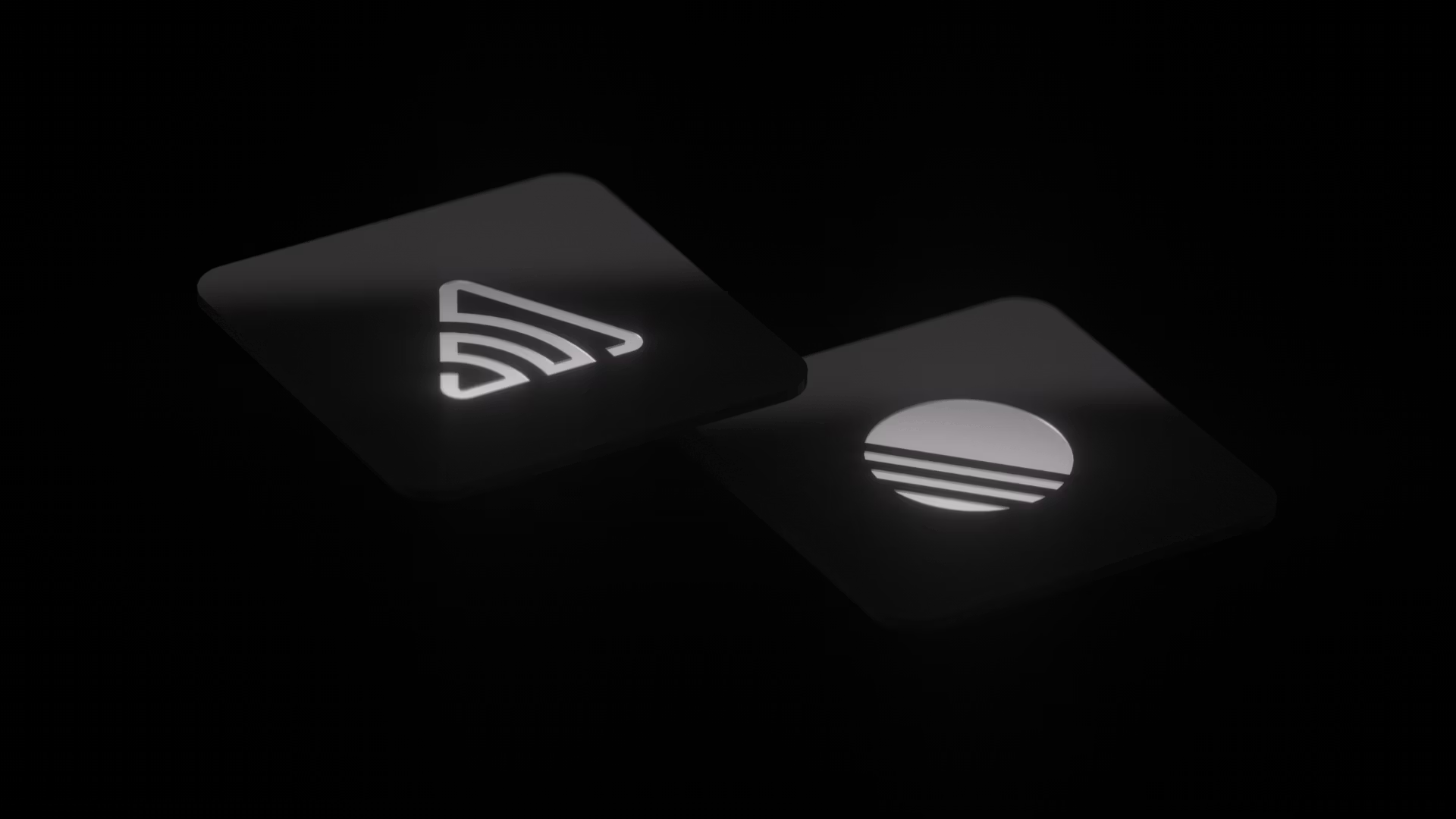
Date mentions
Add date mentions in project descriptions, issues, and documents by typing @ followed by a date expression like @tomorrow, @October 12th, or @next Wednesday. Date mentions always resolve to the correct calendar date.
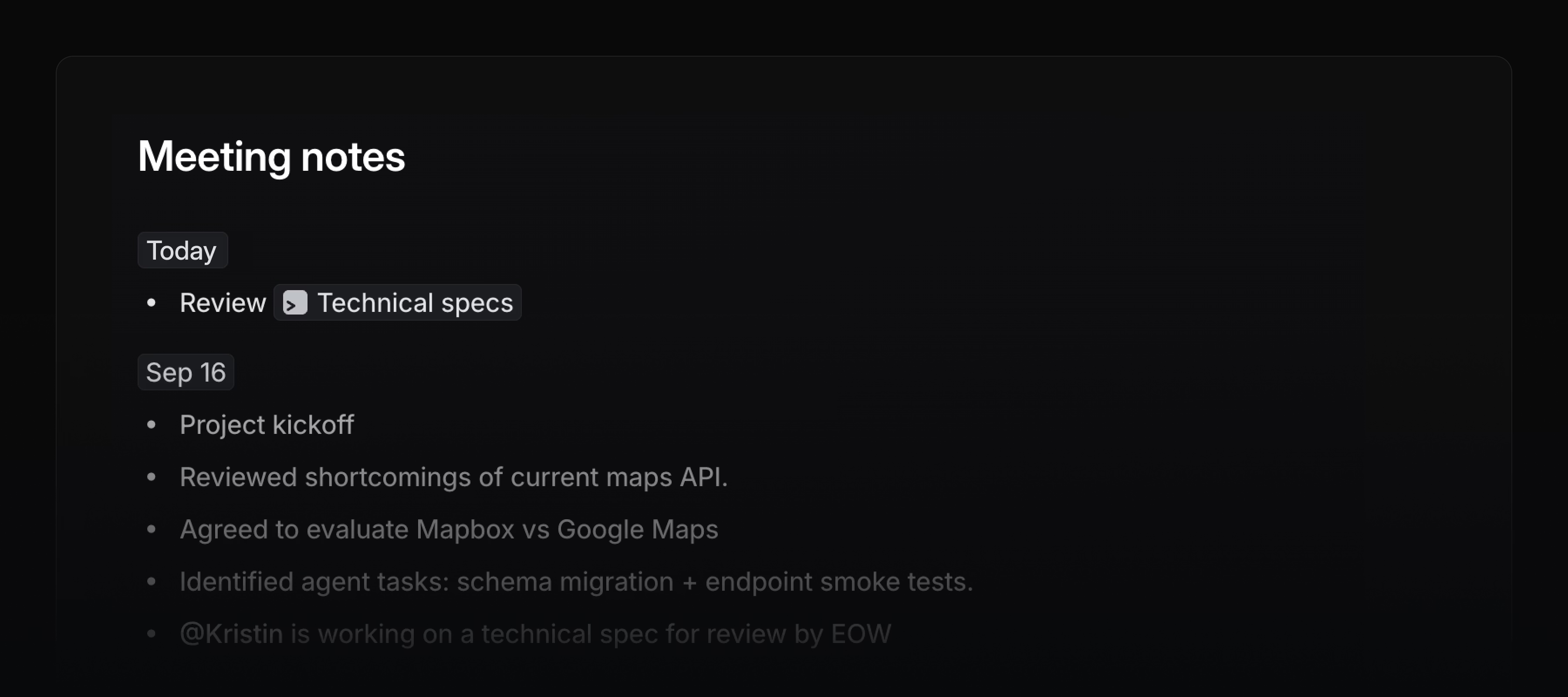
- AsksStopped showing the option to unsync Slack Asks threads from issues
- BoardsFixed negative hidden items count when grouping issues by labels or other properties where issues can appear in multiple groups
- CommentsPrevented the attach file button in comment editors from triggering submit prematurely
- Document notificationsFixed document content change notifications not highlighting changes in some scenarios
- EditorFixed opening the date picker with the /date command in the new issue modal
- EditorFixed reordering collapsible sections with drag and drop
- EditorFixed inline code marks being incorrectly applied when mentions were present between backticks
- EditorFixed flickering icons on various mention types when creating a selection
- EditorFixed an issue with creating collapsible sections from headings
- EditorFixed an issue with copying images in Chrome
- InitiativesFixed a bug where parts of the initiative icon weren't clickable
- ListsFixed an issue preventing assignees from being displayed when grouping by assignee and showing empty groups
- ListsFixed a bug where the drag indicator would sometimes not show up on the last line of each group
- MenusFixed positioning glitch when using multiselect in the dropdown menus
- NetworkFixed an edge case where the loading screen could get stuck when encountering network connectivity issues
- OAuthFixed an issue where
initiative:read,initative:write,customer:read, andcustomer:writescopes were not supported forapptokens issued via theclient_credentialsgrant - PopoversFixed a bug causing a brief flash of empty content
- PopoversFixed a bug causing popover state to be reset when hovering over an item without a popover
- Project viewsFixed sub-teams not showing up correctly in lists when filtering by parent team and grouping by team
- SlackFixed a case where creating an issue from Slack would incorrectly change URL-shaped text inside a code block
- TeamsPrevented team names from containing invisible characters (e.g., zero-width spaces, control characters)
- UpdatesFixed an issue where a comment draft would be deleted if another user commented on the same update
- UpdatesFixed a bug causing comments on team updates to flash when new comments were added by other users
- FigmaPrevented Figma embeds from marking comments as "edited" when content resolves
- Customer requestsWhen creating a new customer from the request form, the customer is now only saved when the request is submitted, preventing orphaned customers if the form is closed without saving
- Customer requestsFiltered counts are now shown in the Customers page header while filters are active instead of always displaying the full total
- Customer requestsImproved support for customer-related filters in SLAs automation rules
- ImportersLinear to Linear import now supports copying Dashboards
- JiraImproved searching for issues imported or synced from Jira by their original Jira issue key
- ListsIt's now possible to scroll a list while dragging an item
- OAuthImproved support for upgrading scopes for an existing
apptoken during the authorization code flow without revoking and regenerating the token - OAuthApplication approval requests that were previously denied can now be cleared, allowing users in the workspace to request approval again
- OAuthIn workspaces with OAuth app approvals, users can now request approval for additional scopes beyond the initial set of scopes an app was approved for
- PerformanceAnimating the left sidebar open is now faster
- PerformanceIn-page find in the desktop app is much faster for larger documents
- Product IntelligenceRelated and duplicate issue suggestions can now be auto-applied
- TimelinesImproved performance on timeline views with a lot of dependencies
- TimelinesImproved visibility of the resizable side panel on timeline views
- The
get_usertool now supports searching for "me" or "current_user"